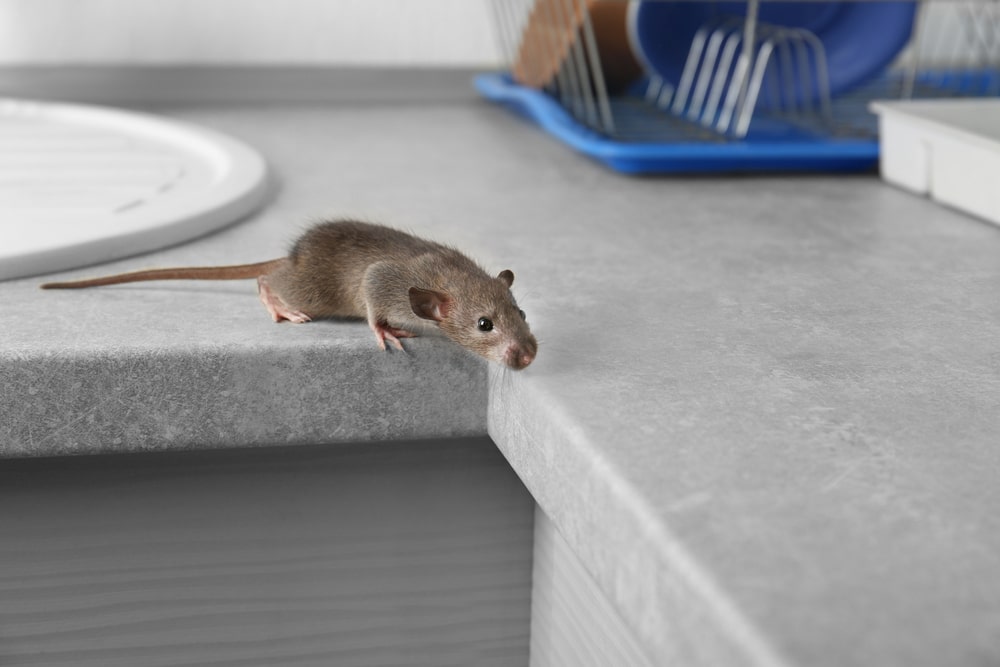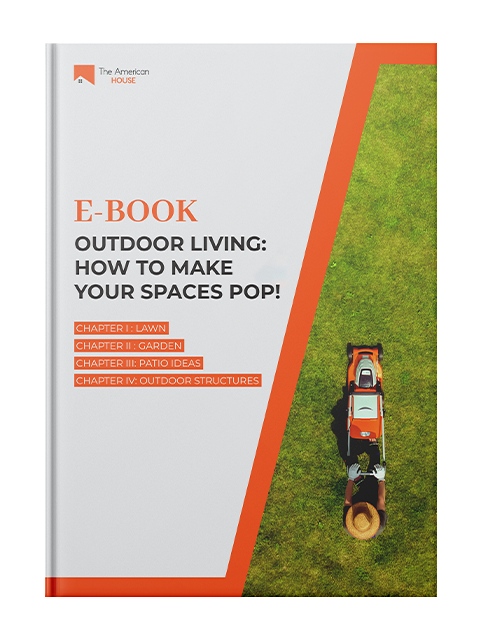Who wants to share their house with mice? No one, I’m telling you. Besides making your house unpleasant, mice carry all kinds of diseases and they can damage both your home and personal items. Luckily, trapping mice is an easy and efficient way to eliminate these pests and successfully reclaim your space.
If you want to learn a couple of efficient tips that will help you get rid of mice for good, then you’ve come to the right place. These tips will help you solve the issue quickly and safely, and you can say goodbye to the little Jerries in your house!

Inspect the home for mice
Before setting your traps, you might want to spend some time inspecting your house and try to identify mouse harborage areas. You should look for:
- mouse sounds and smells – mice are known to be quite noisy rodents. As they go along with their lives (eating, nesting, and, of course, socializing), they also make a ton of noise. Whether it’s squeaking, rustling, or even scratching, you can’t miss them. Large mouse infestations also give off a very strong, musty ammonia odor, which could turn out to be quite overpowering, especially close to their harborage areas.
- signs of mouse damage – mice are known to be big chewers. they’re also known for gnawing small, clean-cut holes around 1/2″ in diameter. It’s worth noting that gnawing damage is very common in kitchen cabinets (you also want to look for shredded paper food packaging and holes in the corners of food boxes or bags), but also in bathrooms, where they gnaw on items (especially bar soap) stored in cabinets.
- footprints – you might want to look for mouse footprints in dusty areas. And just for reference, the foot track of mice generally measures around 3/8″ or less.
- smears – mice could leave grease or even rub marks from the dirt and oil on their coats. These smears generally appear next to runways, along walls, but also close to the beams or sill plates where rodents have been traveling a lot.
- mouse sightings – Seeing live or even dead mice is probably the best indication that you should expect more rodents in the area.
- nests – mice generally prefer nesting in walls, attics, insulation, and of course, crawl spaces.
Place your traps
To completely eliminate the possibility of mouse infestations, you might want to set numerous traps. No matter what kind of traps you decide on, make sure you place them directly in high-activity rodent runways, which will help the trap be as effective as it gets. Here are a couple of tips that will help you set the traps in the proper location:
- place the traps close to the exterior doors or next to the utility lines that enter or exit your home.
- place the entry hole of low-profile multiple-catch traps that are parallel to the wall or the object you are placing it next to.
- you can also add glue boards inside low-profile multiple-catch traps to ensure mouse removal.
- place multiple-catch traps inside some of the bait stations. this makes the trap way more enticing to mice and also protects the trap from interference by kids or pets.
- if you want to use glue boards on their own, make sure you secure them to the floor, along the walls or even under appliances, cabinets, or even furniture.
- place the traps anywhere you might have noticed rodent droppings.
- in case of severe mouse infestations, simply space the traps about 6 feet apart.
- position the traps to maximize the chances of bumping into mice: traps should come off of walls at proper angles, with the trigger end almost touching the wall.
Bait the traps
Here are a couple of efficient bait traps:
- remove food sources within the home to make food lures on baits more attractive (to mice, of course).
- you can attract rodents by using strong-smelling substances such as vanilla extract, nuts, cheese, or even peanut butter to bait traps.
- use food lures rather than rodenticides or even poison baits whenever you can.
- use different food lures to properly control more serious infestations. You can match your baits to what the rodents have been eating, and try to note whether the population of mice displays specific food preferences.
- if food is abundant, you can use dental floss to tie the bait, so the mice can’t steal it without deploying the trap.
Check traps daily
As soon as you’ve set your traps, inspect them at least once a day. If the trap caught anything, make sure you dispose the mouse body, clean and re-bait the trap, and also reposition the trap if needed.
Safely dispose of dead mice
To avoid exposing yourself to unwanted diseases:
- wear plastic or even latex gloves whenever you need to handle a dead mouse or even the trap that caught it.
- dispose of wooden snap traps in plastic bags. Then, tie the bags and get rid of them in an outdoor trash can.
- dispose of used latex gloves immediately and wash your hands in hot, and soapy water.

Set and monitor new traps until their activity stops
As soon as the traps start catching mice, make sure you keep setting and baiting them until the mouse activity stops. If needed, you could still position glue boards in mouse runways and monitor mouse activity. You can easily establish the efficacy of your trapping program by doing this.
Contact a pest management company
If your DIY mouse trapping efforts don’t seem to work, you could always contact a professional pest control service.
Why are traps ideal for catching mice?
There are plenty of mouse control options out there, which also include baits and rodenticides. Here are some of the best ones when it comes to trapping:
- fast results – Even some of the best trapping programs won’t eliminate large mouse infestations on its own. However, traps could provide rapid resolution for small mouse infestations.
- pesticide-free treatment – Whether we’re talking about pesticides, rodenticides, and even baits, they all have their place in a mouse control program. However, they can be quite dangerous to use, especially inside the house. On the other hand, mouse traps are both pesticide and chemical-free, which definitely makes them a better choice.
- easy disposal – Mouse traps catch and contain mice, which also makes it easy to dispose of them.
- no smell issues – When mice eat chemical baits, they often die in rather hard-to-reach areas, such as vents and wall voids. This makes the house smell awful. Luckily, traps help you avoid any issues, and also allow you to get rid of dead mice.
What type of mouse traps you should try
If you decide to start shopping for mouse traps, you might find a dozen different styles and options you can choose from. However, which one’s the best, you might wonder. Here’s our list!
wooden snap traps
Wooden snap traps are very popular because they’re wildly affordable and very easy to find. They are also quite easy to place and get rid of. You only have to toss the whole trap in the trash as soon as you get that little Jerry.
multiple-catch traps
Multiple-catch traps (commonly known as curiosity traps) are designed to catch rodents. These traps are great preventative measures to control mouse infestations. They are a great long-term management option.
glue traps
Glue traps are quite simple: they are basically flat boards with a sticky coating. When rodents step there, they get stuck and can’t pull themselves free. As glue traps are less effective and less humane, you should consider them for monitoring mouse infestations.
If you found this article useful, we also recommend reading: 10 Solutions to Fix Your Drafty Windows





